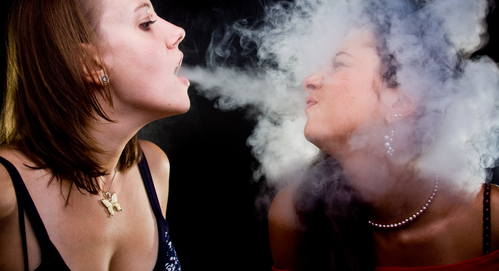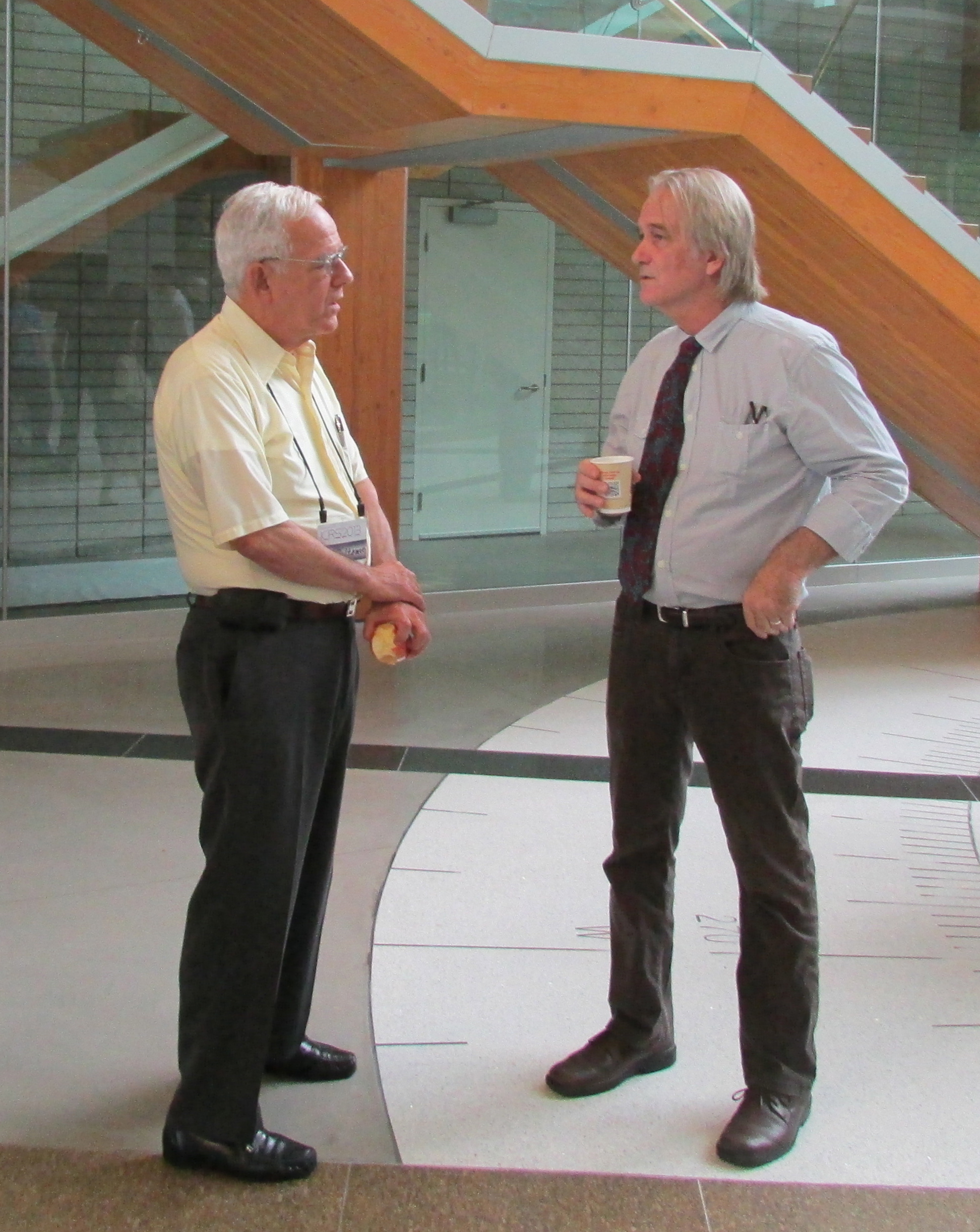SECONDHAND POT SMOKERS MAY FAIL DRUG TESTS
Breathing secondhand marijuana smoke in an unventilated room or car could cause a mild high, minor memory or coordination issues, and even a failed drug test.
A recent study took place under what the scientists called “extreme conditions,” involving lengthy side-by-side exposure of nonsmokers to users and their puffs of marijuana smoke.
“Many people are exposed to secondhand cannabis smoke,” says lead author Evan S. Herrmann, postdoctoral fellow at the Johns Hopkins University School of Medicine. “The scenario we looked at was almost a worst-case scenario. It could happen in the real world, but it couldn’t happen to someone without him or her being aware of it.”
Marijuana, or cannabis, is the most widely used illicit drug in the world and has recently been decriminalized in some US states, though it remains illegal under federal law. The study appears online in the journal Drug and Alcohol Dependence.
In the first few hours after “extreme” exposure, nonsmokers might experience “a mild sense of intoxication and mild impairment on measures of cognitive performance,” says senior author Ryan Vandrey, associate professor of psychiatry and behavioral sciences at Johns Hopkins. “These were relatively slight effects, but even so, some participants did not pass the equivalent of a workplace drug test.”
New Research for Strong Pot
The new research is the most comprehensive study of secondhand cannabis smoke and its effects since the 1980s. That’s when researchers found the drug’s active ingredient, tetrahydrocannabinol, or THC, and other byproducts could turn up in nonsmokers’ bodies after an hour or more spent in extreme conditions with heavy smokers in an enclosed space.
That finding needed updating, since the average potency of street cannabis has tripled since the 1980s, the researchers write. Additionally, many earlier studies had not looked at whether the nonsmokers reported feeling the drug’s effects, or whether behavior and thinking were affected by secondhand smoke.
Researchers recruited seven people ages 18 to 45 who said they smoked cannabis at least twice per week and tested positive for THC but negative for other drugs. They also enlisted 12 others in the same age range who said they had not used marijuana in the past six months and tested negative for cannabis, other drugs, and alcohol.
Hungry Non-smokers
Six smokers and six nonsmokers spent an hour sitting side by side in a 10-by-13-foot, acrylic-walled room in two different experimental sessions. Each smoker was given 10 high-potency marijuana cigarettes to smoke. In one session, the room’s ventilation fans were turned on. In another, the fans were turned off, and the room became smoke-filled. Later, smokers’ and nonsmokers’ blood, urine, saliva, and hair were tested for THC.
All six nonsmokers exposed to secondhand smoke in the unventilated room under those extreme conditions had detectable THC in their urine for up to four hours and in their blood for up to three hours afterwards.
At intervals between two and 22 hours after the experiment, four of the six nonsmokers tested positive for THC in their urine at a cutoff (20 nanograms per milliliter) sometimes used in commercial drug testing programs.
Urinalysis was negative for THC, however, for all nonsmokers exposed to secondhand smoke in the ventilated room.
Nonsmokers exposed to secondhand smoke with fans running reported no effects other than hunger. Those exposed in the unventilated experiment reported feeling “pleasant,” more tired, and less alert. Asked to duplicate grid patterns they saw on a computer monitor or perform a basic numbers drill, those in the unventilated study responded faster but made more mistakes than before they were exposed.
“The behavioral and cognitive effects were minor and consistent with a mild cannabis effect,” Herrmann says.
The Substance Abuse and Mental Health Services Administration, which sets standards for federal workplace drug testing, supported the work. Funding came from SAMHSA and the National Center for Research Resources of the National Institutes of Health. The National Institute on Drug Abuse supplied the marijuana.
Posted by Heather Dewar-Johns Hopkins on






